The photographer spotlighting Iran's forgotten minorities
- Text by Niloufar Haidari
- Photography by Mahdi Ehsaei

German-Iranian photographer Mahdi Ehsaei clearly remembers the day he first became aware of the existence of Black Iranians. It was 2010 and like most summers, he and his family were on vacation in Shiraz, Iran. At a football match between the local team and a team from Hormozgan, a province in Iran’s South, Ehsaei noticed a fan of the opposition leading a chant that sounded different to any he had encountered before, and his interest was piqued.
“Before I started my research [for the Afro-Iran project] I had no idea that the history of people of African descent in Iran would stretch back hundreds of years”, Mahdi tells me over email. “I wasn’t the only one. Many people that I spoke to – both inside and outside of Iran – didn’t know that [Afro-Iranians] have lived in the country for centuries.”
Black Iranians make up an estimated 10-15% of Iran’s population of roughly 800,000 to 1 million people. These populations are mostly located in the South, in the Hormozgan, Khuzestan, and Sistan and Baluchestan provinces. “Unless you go to the South you almost won’t see any Black Iranians in the media or society, especially in northern parts of Iran”, explains Mahdi. “It was very difficult for me to find any books or information about this community; there was hardly any visual documentation existing. As I continued my research, I realized that this was an injustice.”
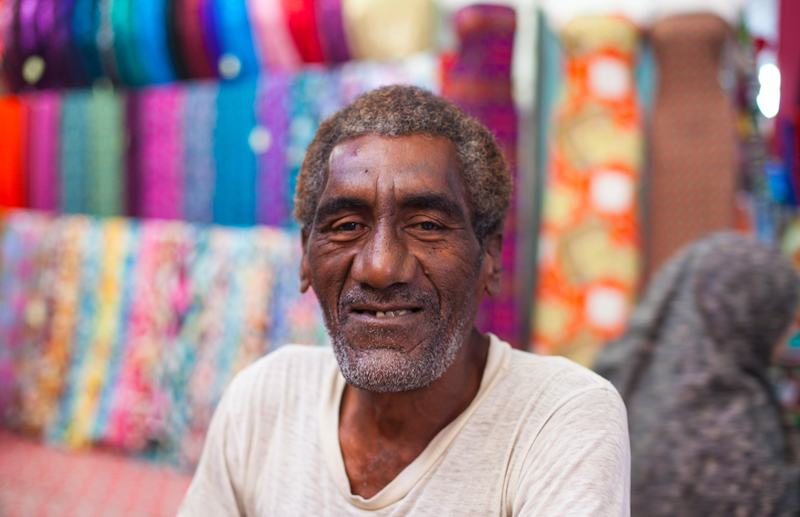
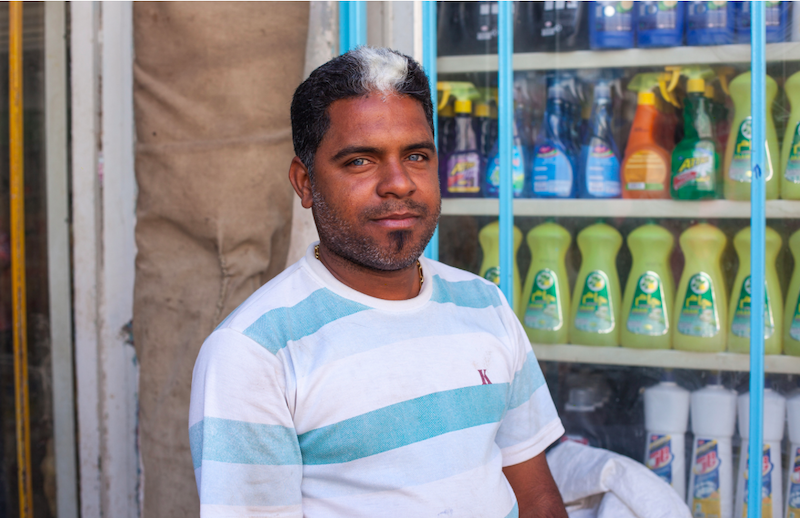
Now Ehsaei wants to rectify this with a new photography project and book, Afro-Iran. For the project, Ehsaei spent two months in Hormozgan getting to know the locals and building up trust with his subjects. “My main goal [with the project] was enlightenment; to spread the word about the existence of Iranians of African descent. The book shows new facets and faces, which are – for many – not the common picture of Iran. [It gives] a new perspective and shows a community that influenced the lifestyle and culture of a whole society in southern Iran, which is often overlooked in Iran’s history.”
Slavery and racism are still taboo topics in Iran, at best ignored and at worst explained away with simplistic deflections. Iran only officially abolished slavery in 1928, and the country’s involvement in the Indian Ocean slave trade has since largely been erased from the national consciousness. As a result, many Afro-Iranians themselves are unaware of their history, believing themselves to be darker-skinned simply due to the hot climate of the South.
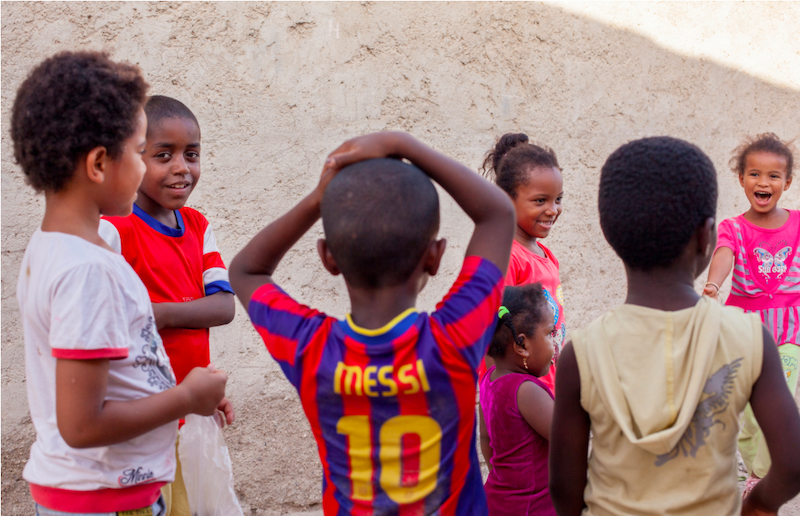
“From my many visits to Iran, I can say that – even though Iran [is] a very hospitable country with a very ethnically diverse population – a lot of Iranians face prejudices based on their race or [skin] colour. The BLM movement has shed more light on these kinds of topics and kick-started conversations on [the treatment of] minorities in Iran, in particular people of African or Afghan descent”, Mahdi says.
With the Afro-Iran project, Mahdi hopes to continue to spread awareness of this overlooked demographic. “It’s not only important to know that Afro-Iranians are part of Iran’s diverse population, but also knowing the historic facts – including Iran playing a role in the Indian Ocean slave trade between 1500–1900 and [Iranians] having African servants in their households. Efforts to unlock the history and present realities of Black people in Iran will hopefully lead to a greater understanding of this oft-neglected and forgotten minority.”
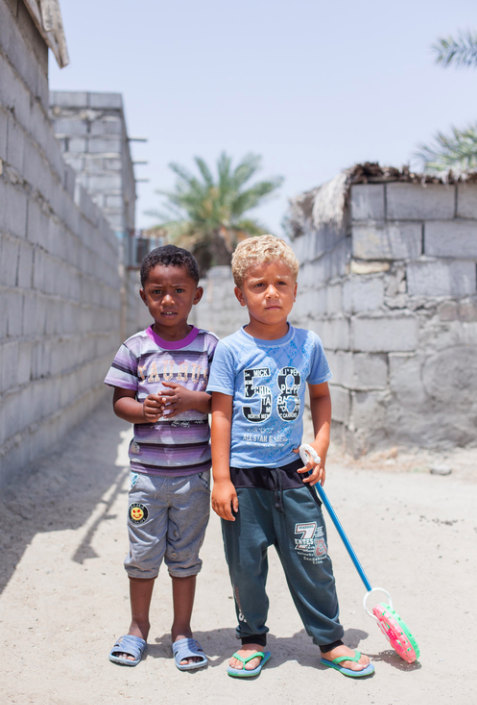
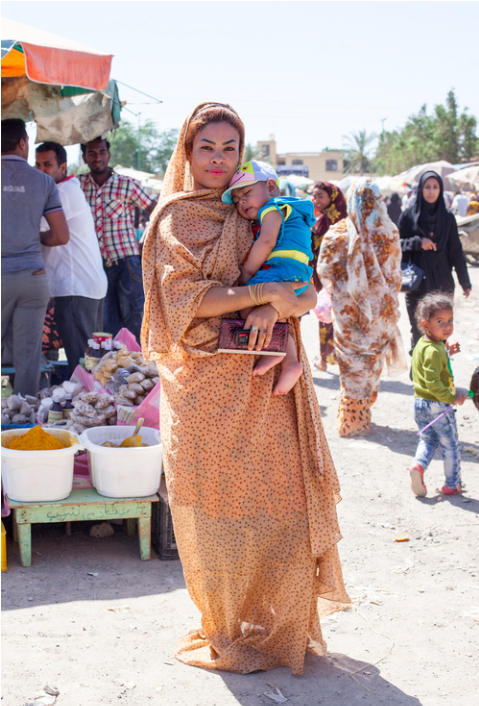
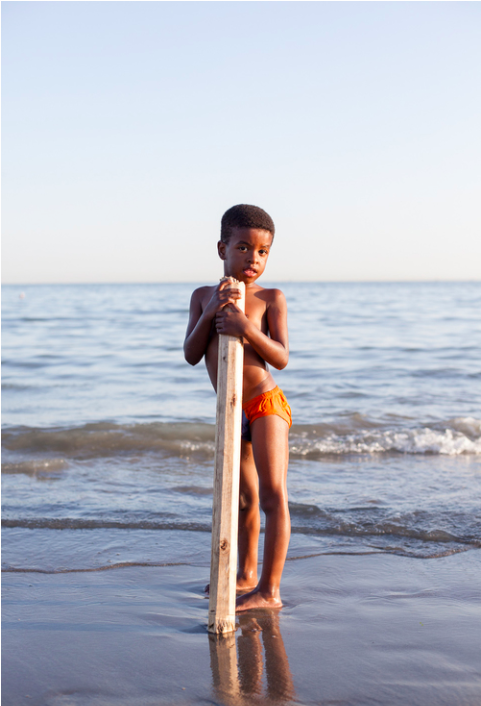
Afro-Iran is now available to purchase from Kehrer Verlag.
Enjoyed this article? Like Huck on Facebook or follow us on Twitter.
You might like

“Humanity’s big threat is our disconnect from nature”: Craig Richards and Chris Levine in conversation
Lighting up — With Houghton Festival collaborating with artist Chris Levine in its most recent edition, we sat down with the light artist and the festival’s creative director Craig Richards to chat about their new installations, and the role of art and music in tumultuous times.
Written by: Isaac Muk

Three heart wrenching poems from Gaza
Writings that narrate — With Gaza’s population facing starvation, we are handing over our website to Yahya Alhamarna, a displaced poet and student in Gaza, who shares some of his recent poetry, and explains why writing is so important to him.
Written by: Yahya Alhamarna

Throwback portraits of the UK’s first punks
Punks 1978-1980 — While working as a photographer in the army, Wayne “Spike” Large would moonlight as a punk on the weekends. His new photobook revisits the characters that he captured from the genre’s heyday.
Written by: Miss Rosen

Meet Lady Pink, the ‘First Lady’ of graffiti
Miss Subway NYC — As a leading writer and artist in a man’s world, Sandra Fabara has long been a trailblazer for girls in underground art. Now, her new show touches on her legacy, while looking to the future.
Written by: Isaac Muk

Love and rage at the record shattering London Trans+ Pride 2025
Dismantle the cis-tem — With over 100,000 attendees, the Saturday march was the largest trans pride event ever in world history. Cheer Up Luv’s Eliza Hatch captured the action, and recounts its powerful energy.
Written by: Eliza Hatch / @cheerupluv

God Went Surfing
With The Devil — A new documentary film looks beyond the Israeli-Palestinian conflict to capture a story of life and surfing in the Middle East.
Written by: Andrea Kurland

